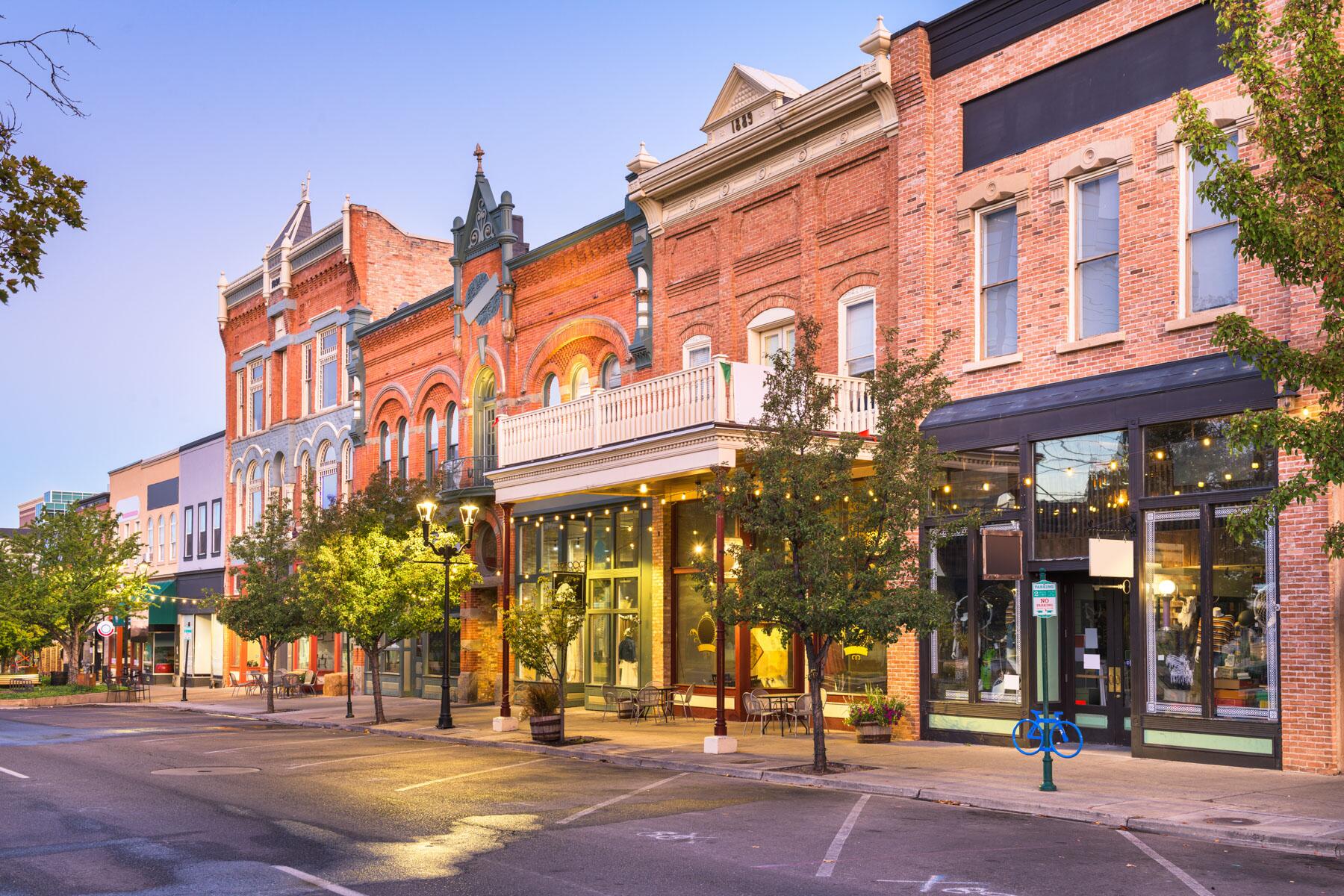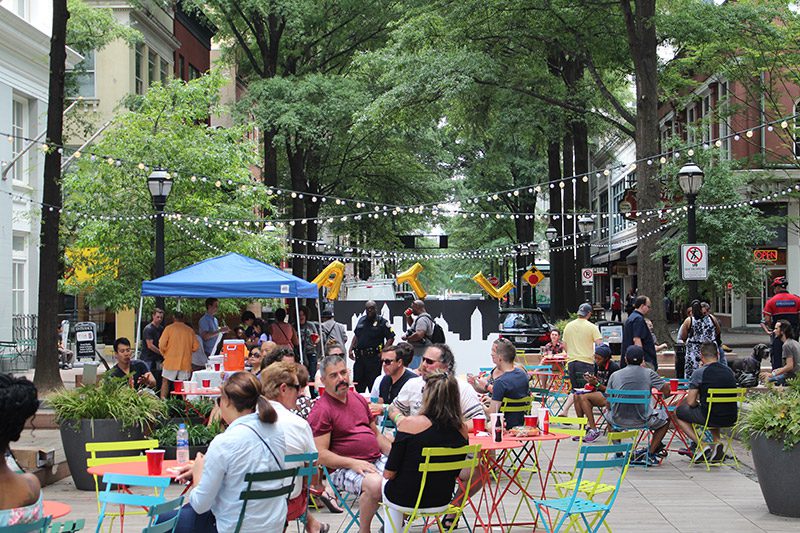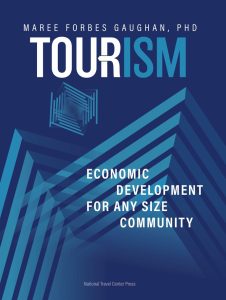Tourism is the most efficient economic development a community can generate. Visitors travel to an area and spend time and money, without requiring the community to build new schools, deliver new services, or spend tax money to serve new residents. When visitors have an enjoyable time, they do the region’s marketing for them, returning home to tell family and friends about the great time they had. This word-of-mouth advertising is the most effective type of advertising available. When visitors leave a positive review online, the word spreads even faster.
The first step toward success is viewing the community as a destination. The second is acknowledging that promoting more off the beaten path locations requires a very different approach and skill set than tourism development in more populated regions. In smaller communities it cannot be approached with grand strategies, complicated economic equations, unfeasible actions, or clinical processes that result in complex plans filled with lists of goals. The numbers to put into these equations simply don’t add up. Besides, many of these elaborate plans just get put on a shelf, only to be revisited three years later, refreshed, and returned to the shelf, with the assumption that everyone involved is now making their decisions based on these plans. That just doesn’t happen automatically.
A straightforward, uncomplicated approach to tourism as economic development provides every small town, small city, rural community, and rural county, with the ability to feature itself as a unique place to explore. Since economic development is the process of creating strong, adaptive economies that build upon and strengthen the unique qualities already present in a region, even though tourism resources vary from place to place, they still work to contribute to the economy in every location.





